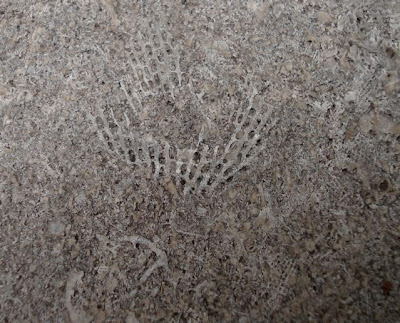Many people, including me, have written extensively about the classic brownstones of New York and Boston. Recently, I learned about a similar building style popular only in Chicago. Architects and historians call the buildings greystones. The term refers to structures built primarily between 1890 and 1915 and most often in the Chicago neighborhood of North Lawndale. A survey published in December 2005 for the Historic Chicago Greystone Initiative estimated 1,714 greystone buildings in North Lawndale.
North Lawndale has an incredibly rich social history. By 1930, only Warsaw and New York had more Jewish residents. Forty nine synagogues dotted the neighborhood. By 1960, however, African-Americans made up 91 percent of the population. As Charles Leeks of Neighborhood Housing Services of Chicago wrote in The Chicago Greystone in Historic North Lawndale “If Lawndale’s Greystones could talk, they would tell us” of Golda Meir, Dinah Washington, Benny Goodman, Martin Luther King, Jr., and Clarence Darrow making a vibrant, dynamic neighborhood.

From: www.nhschicago.org/content/greystone.php
Like the brownstones of the east coast, Chicago’s greystones were two- or three-story, commonly 2 or 3 flats (though there could be up to 6), flat roofed, brick buildings with a façade of more fancy stone. There also were greystone mansions and one-story greystone “shoeboxes,” but not so many as to define a unified style. More then 93 percent have fewer than five residential units. Working class people of modest means, with some more affluent middle class folks, were the primary buyers and tenants. Some streets are entirely greystones flats, whereas others may contain just one or two greystones.
On the eastern seaboard, the stone embellishment was the 200-million-year old Portland Formation. Chicago builders, in contrast, took advantage of their proximity to the great limestone quarry region of Indiana and enhanced their brick with the 330-million-year old Salem Limestone. I won’t write more about these stones because I have covered them thoroughly in previous blog posts.
The survey found two stages of style. Initially between 1890 and 1905, primarily Romanesque buildings with rusticated limestone dominated. They featured arches and robust cornices. Next came a Neo-Classical look incorporating smooth limestone blocks, bay and Palladian windows, and columns. Throughout the era, many builders also built purely brick buildings in the same styles. Curiously the color of the brick changed from red to tawny.

From: www.greystonepreservationllc.com
Beginning in 2006, a consortium of groups banded together to form the Historic Chicago Greystone Initiative to preserve these wonderful buildings. Composed of community residents, non-profits, business, academic, and government partners, the Initiative promotes renovation and protection, through technical and financial assistance. They are doing vital and critical work. I wish them continued success.





